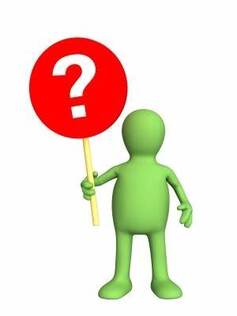 Why aren’t my books selling? It’s a question that we hear many authors asking, especially on Twitter (Good old Twitter – we’d be stuck for blog ideas without it it). Well, first some expectation management. There are a thousand reasons why a book might not be selling, so it is impossible to answer that question for any individual book in a simple blog. All we can do is look at some generalities and let you compare and contrast those with your book and your marketing to see what conclusions you can draw. But those generalities are important, as they may point you towards the single reason your book may not be selling. You will have to identify and address the precise issue, but at least you will be closer to the right answer than you would be if you hadn’t read this blog. 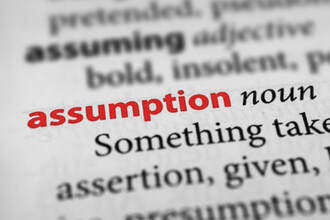 We are going to start with two assumptions. We will be discussing marketing later in the blog, but our starting point assumes that you have done some marketing, which has led to a potential reader finding their way to the Amazon page for your book. If you don’t sell through Amazon (Why not? They account for 80% of ebook sales!) then the same basic messages apply to other on-line book selling sites. The second assumption (and it is the big one) is that your book is actually up to the required quality. Your Beta readers will have told you that. Sadly, your family and friends probably won’t tell you if it wasn’t, because they don’t want to hurt your feelings. If you haven’t used Beta readers, or you haven’t acted on Beta reader feedback, you are entering a lottery and nothing we can say will change that. You may find it helpful to have your Amazon (or whatever) sales page open in another tab, so you can flip between it and this blog to see what we are talking about. So, what is the first thing a potential reader will see when they click on a link to take them to your book’s sales page? Cover image 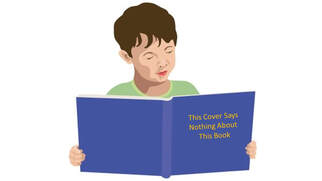 We blogged about cover design just a couple of weeks ago, so we aren’t going to go over that ground again. I think it is safe to say that if your book showed up in someone’s search results, they must have found the cover appealing enough to click on the link or they wouldn't be looking at the book's sales page. But what if they didn’t click on the link? If you have been running an advert for your book, you will have data from the results to tell you how many clicks you got (a 10% conversions rate is good). If you aren’t getting enough clicks, your cover design may be part of the problem. But if you haven’t run any ads, you won’t know. You may want to scroll down and read that blog about cover designs, just in case. 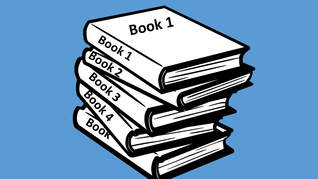 Title A lot has been written about titles, with many gurus suggesting titles should be short. All we can say is that “Dune” was a best seller and so was “The Curious Incident Of The Dog In The Nighttime”. You can draw your own conclusions with regard to the impact of title length on sales. We don’t think it is a critical factor unless you have used words that might alientate the reader. Price I’ve said it before, but I’ll say it again, if you aren’t J K Rowling, you can’t charge J K Rowling prices for your books. The ability to set their own price is one of the few competitive advantages that the Indie author has, so they need to use it. “I’m not going to under-sell my talent.” is an objection that is often raised when I say that. 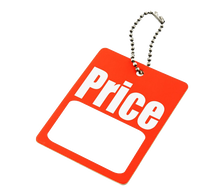 OK, here are the facts. A mainstream published author only gets about 10% of the royalties from each sale. So, for a 9.99 ebook (forgive the lack of currency, it just saves me having to provide $, £ and other conversions), the author will only get about 1. But for a 5.99 ebook an Indie author will get between 1.75 and 3.50 (approx) depending on whether they took the 35% or the 70% royalty option. So, who is underselling their talent? The mainstream published author makes their money not from individual sales, but from total volume of sales. That is as much about having a big marketing budget as it is about having talent. Even some pretty bad writers (naming no names) can sell a lot of books if they have a big enough marketing budget behind them. You, on the other hand, aren’t making any sales, so no one knows about your talent and, if you insist on charging 9.99 for your books, they may never know about it. I’m actually surprised that more mainstream authors don’t opt for self-publishing once they have established their name – they would make far more money. Blurb 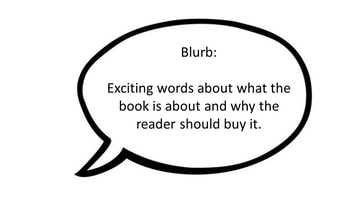 After price, this is the next crucial part of the sales page. If the reader is intrigued by the book’s blurb, they will either buy the book, or take the next step towards buying the book, which is to read the “Look Inside” portion. There are many blogs about blurb writing available, including some of our own and they all say pretty much the same thing. There are even books the subject (try Bryan Cohen’s). Google “How to write a good book blurb”, read what the blogs have to say and then make sure your own blurb is doing its job. If it isn’t, change it. “Look Inside” feature. If you have got the reader as far as looking inside the book, you are 90% of the way to making the sale. But it’s that final 10% that is the killer. If the “Look Inside” sample captures the reader’s interest, the sale is guaranteed. If it doesn’t then the reader will go and look somewhere else for their next book. 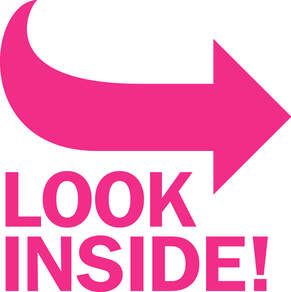 Once upon a time authors were permitted to take their time telling their story, using the opening chapters to create atmosphere and develop characters, before having to think about “inciting incidents”. Films, TV and computer games have changed all that. Nowadays you have to capture the reader’s interest within the opening few pages of the book and the “Look Inside” portion aids and abets that approach. If you fail to capture the reader’s interest, that 90% is all for nothing and you don’t make the sale. So, ask a few people, who you trust to give you an honest opinion, to read that “Look Inside” portion and then get them to tell you if they would buy the book if they didn’t know it was by you. It may still not provide a definitive answer, because they may not want to hurt your feelings, but if they are really good friends and really trustworthy, they will be honest. Reviews 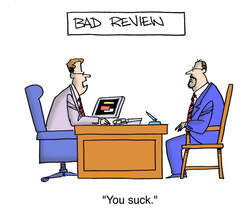 If the “Look Inside” portion of your book has done its job, readers may never look at the reviews it has been given. I almost never look at reviews myself, having made my decision based on the above factors. But some people do look at reviews, which is a problem if you don’t have any. You can pay for reviews. I’m not recommending it, but it’s your money. If you want to pay, that’s your call. But the real problem is bad reviews. There are two things to be done if you have a lot of bad reviews. A good reviewer will be helpful and provide reasons why they didn’t like your book, so learn from that. The first thing to look at, therefore, is what the reviewer said and then fix the problems. But that won’t get rid of the bad reviews, so there is a second thing you may need to consider. You may wish to “unpublish” the book from Amazon and re-launch it on another self-publishing site, such as D2D. The reviews on Amazon will no longer be seen and the book will start off on the new site with a clean slate. If you are already on multiple self-publishing sites, you really are stuck. Also, if you have bad reviews on Goodreads and other review sites, there is nothing that can be done about those. You may have to unpublish the book entirely and start anew by writing a brand new book. But use those reviews to learn from your mistakes, so the new book doesn’t suffer the same fate. An author who refuses to learn from their mistakes (or even admit they made any) will never sell books. Marketing 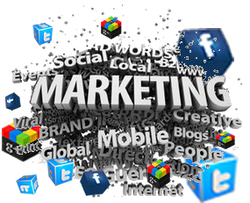 We said at the top of the blog that we would be discussing marketing, so here we are. However, this is too vast a subject to cover in one blog. We have written more blogs on this subject than on any other and we are still only scratching the surface in many aspects of the craft. The best thing we can advise is that you undertake some free training in marketing to help you market your books effectively. Effective marketing comes from knowledge, not luck. What we can do is summarise some of the key messages we have put out about this subject in the past. 1. No one is going to stumble on your book by accident. Marketing is not a choice – it is an essential. 2. Did you put the right “keywords” in into your book’s details on KDP? The most common way for people to find new authors on Amazon (or any site) is through searches using keywords. 3. Social media was a better marketing tool in the early days but is now largely past its “sell by” date. 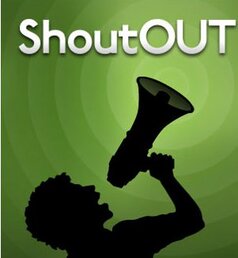 4. Blasting out Tweets to try to sell your book doesn’t work, so don’t pay people to do it. Social media users just scroll past those Tweets nowadays – or they block the username. 5. Social media is still a useful tool if you remember to use the "social" part correctly. 6. Paying for marketing services is an option – but only if you know which service is going to work for your book. You can’t cure a broken leg by taking an aspirin, so you have to know what is wrong with your marketing strategy before you pay someone to fix it, otherwise you risk trying to fix the wrong thing and throwing your money down the toilet.. 7. We’re sorry to have to be the bearers of bad news, but if you really want to sell books you are probably going to have to pay to advertise. We have found Amazon Ads and Facebook Ads to be the most cost effective. If you want to read any of those myriad blogs we have written on the subject of book marketing, you can find them in our archive. So, have you some inkling now about why your books aren’t selling? Maybe you haven’t found the final answer yet, but I hope we have shone a torch into the dark corners where you might find the final answer. If you have enjoyed this blog, or found it informative, then make sure you don’t miss future editions. Just click on the button below to sign up for our newsletter. We’ll even send you a free ebook for doing so.
0 Comments
Leave a Reply. |
AuthorThis blog is compiled and curated by the Selfishgenie publishing team. Archives
March 2025
|
 RSS Feed
RSS Feed